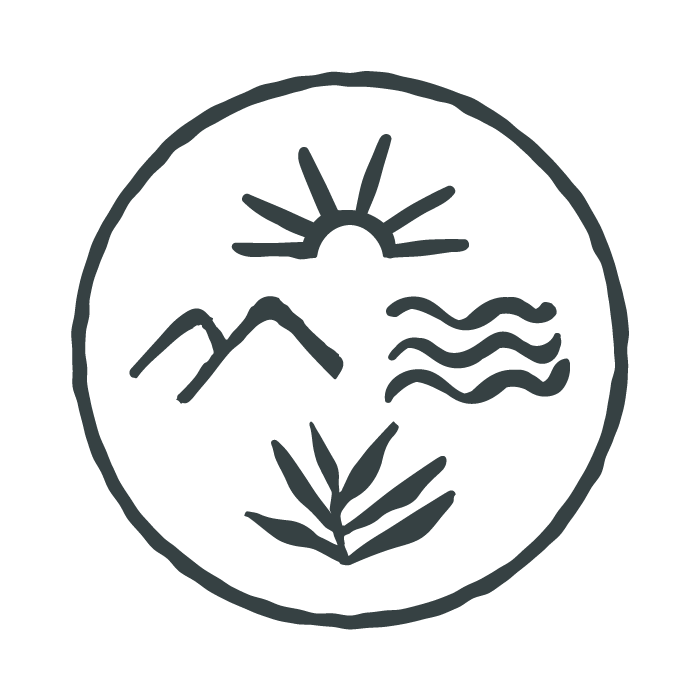
Montenegro is a small country which packs a serious punch. Most tourists just pop in to visit the famous bay of Kotor, but once you journey further into the country there is so much more to see. Towering mountains, crystal blue lakes, pristine beaches and tumbling waterfalls. Not to mention the second longest canyon in the world and the largest lake in southern Europe. It is heaven for those who love nature, the outdoors and lacing up their hiking boots.
And the best bit? Montenegro is hugely underrated. Tourism is slowly developing across the country, with most areas still feeling raw and untouched. As a result, you can enjoy its natural beauty in peace. However I doubt such an incredible destination will remain a hidden gem for long, so be sure to visit before the crowds inevitably descend!
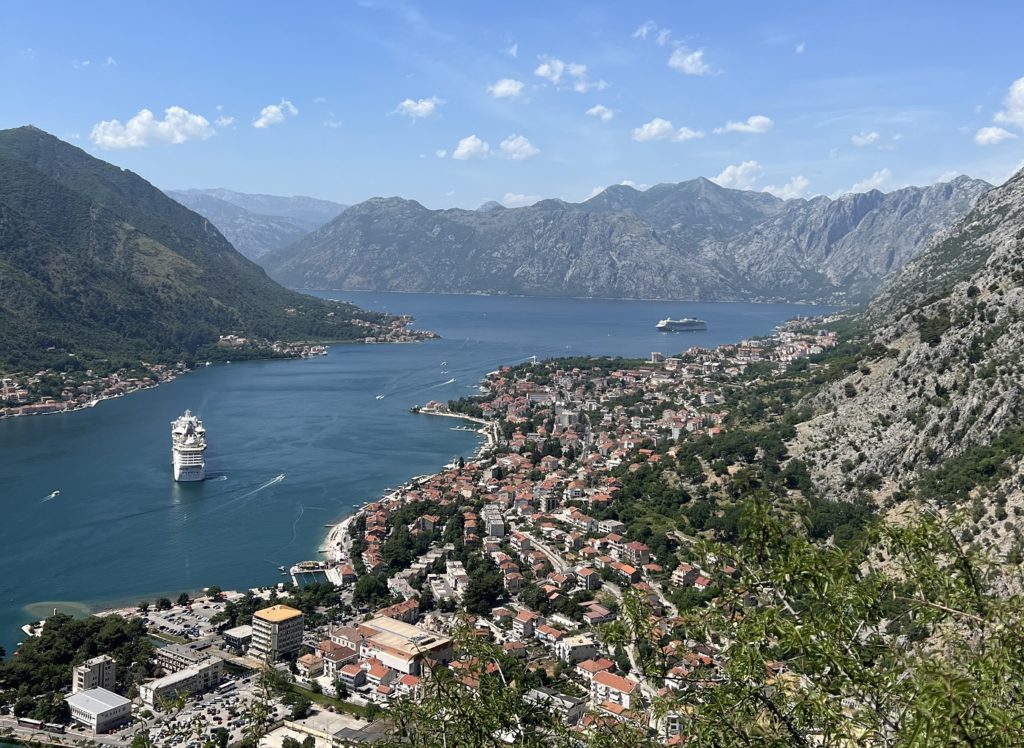
Depending on your road trip itinerary you can either fly into the capital of Podgorica in the South or into Dubrovnik up North (in the neighbouring country of Croatia) and cross the border by car, which is typically a quick and simple process.
Montenegro is a small country but it has so much to offer, I recommend staying for at least 5 days to get a small taste of its beauty. However, if you have the time then 10-14 days is ideal to fully immerse yourself in this hidden gem and get off the beaten track.
If you’re aiming to hike in Montenegro, it is best to visit in the warmer months of May to October. It is worth bearing in mind that snow can still be on the highest mountain tops in May and June, and it can get super hot in July and August, so my top recommendation would be to visit in September or October if possible.
Montenegro has incredible summer weather, with long hot days and lots of sunshine. However, if you head into the mountains then it is best to prepare for every eventuality. High peaks lead to microclimates and quick changes in weather conditions, so take your waterproofs and warm layers – even in the height of summer!
I recommend renting a car from the airport to get around Montenegro, try to choose one which is small but powerful to navigate the narrow and winding mountain roads.
This 10 day itinerary showcases the highlights of Montenegro and takes you through all five of the country’s beautiful national parks.
Day 1 – Land in Dubrovnik
Day 2 – Dubrovnik (see my Dubrovnik travel guide here)
Day 3 – Kotor
Day 4 – Lovcen & Kotor
Day 5 – Durmitor National Park
Day 6 – Durmitor National Park
Day 7 – Tara River Canyon & Biogradsko Jezero
Day 8 – Prokletije National Park
Day 9 – Lake Skadar
Day 10 – Travel Home
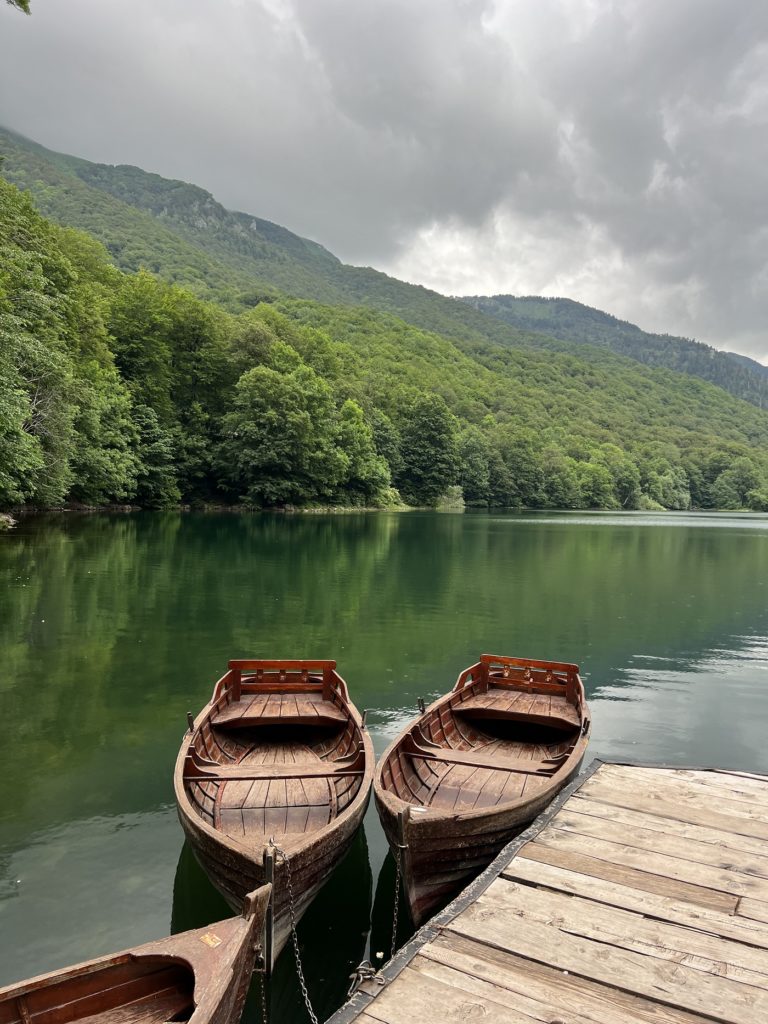
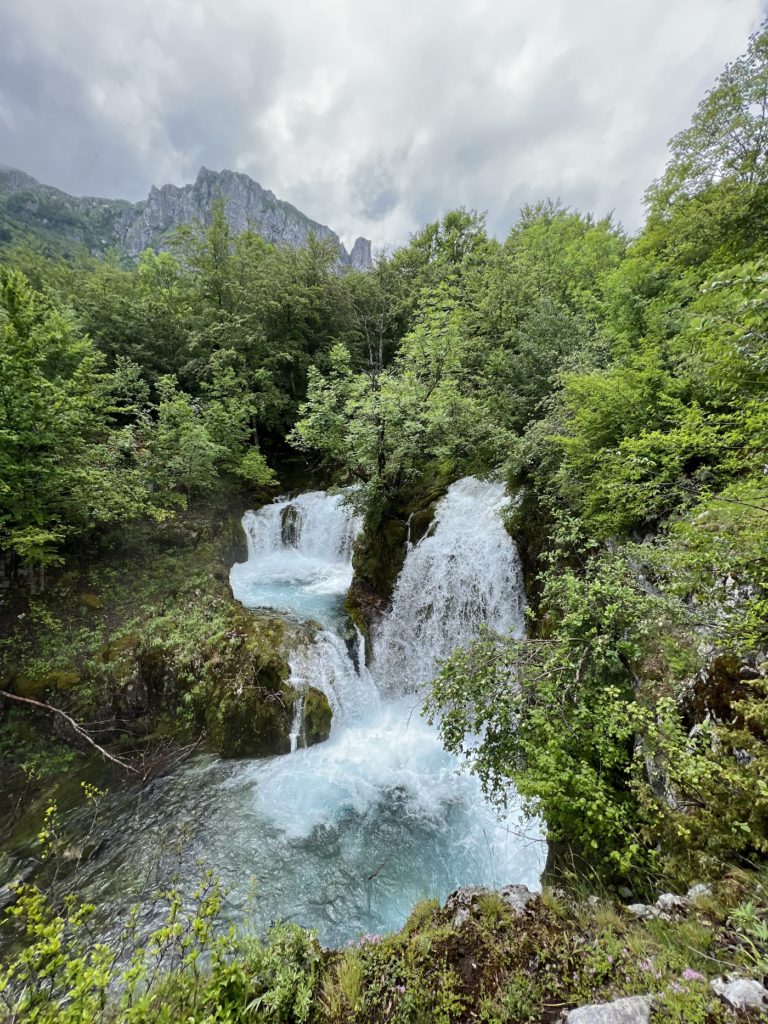
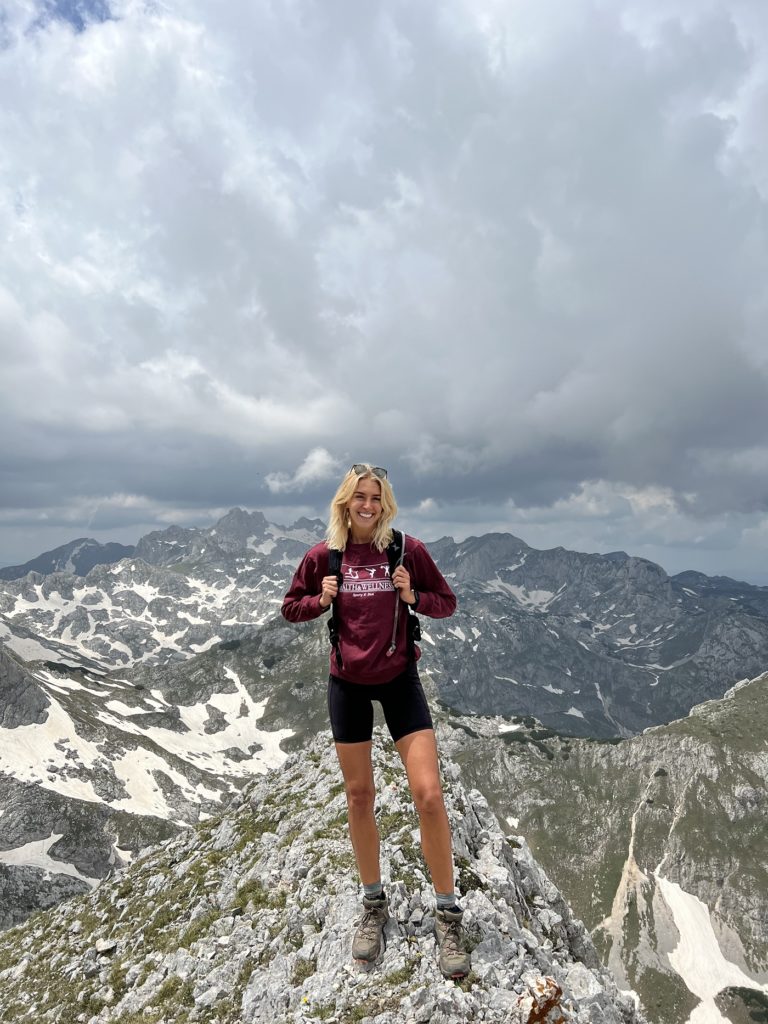
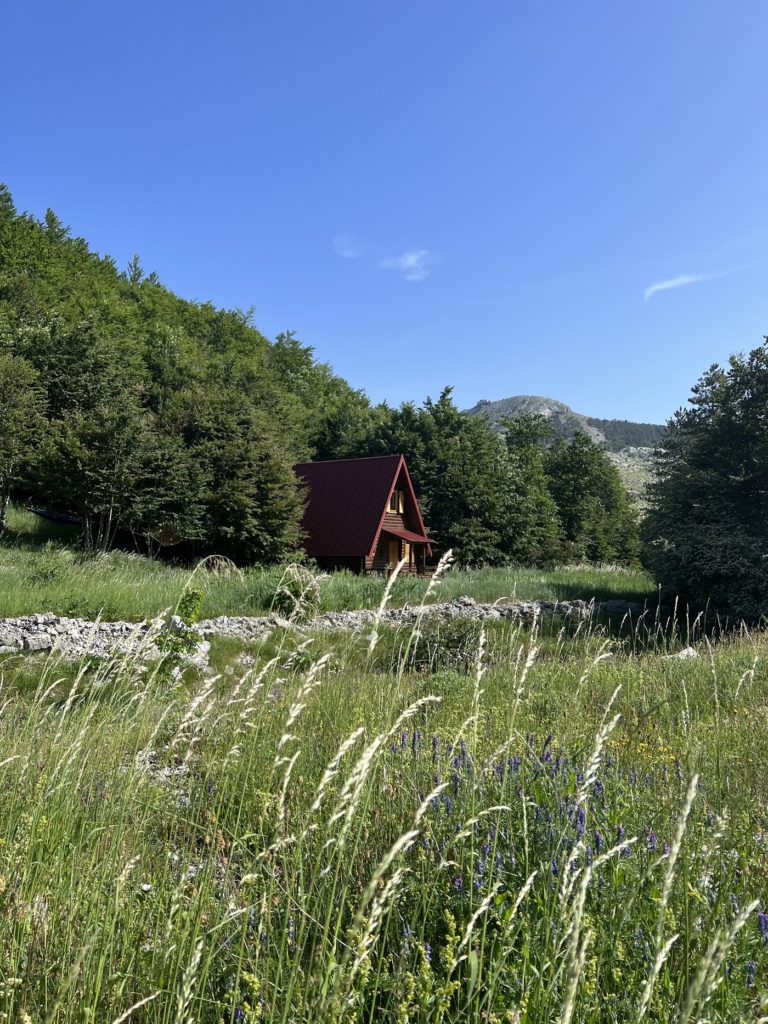

The ancient walled city of Kotor is by far the most visited tourist destination in Montenegro, and for good reason. Not only is it over 2000 years old and steeped in history, but it is in the most incredible setting – nestled under into the towering mountains surrounding the bay of Kotor. Here are five things you need to do when you visit:
Insider tip: If you can, check the cruise ship schedule and try to explore Kotor old town on a day when there isn’t one in port. It will be a much more peaceful experience.
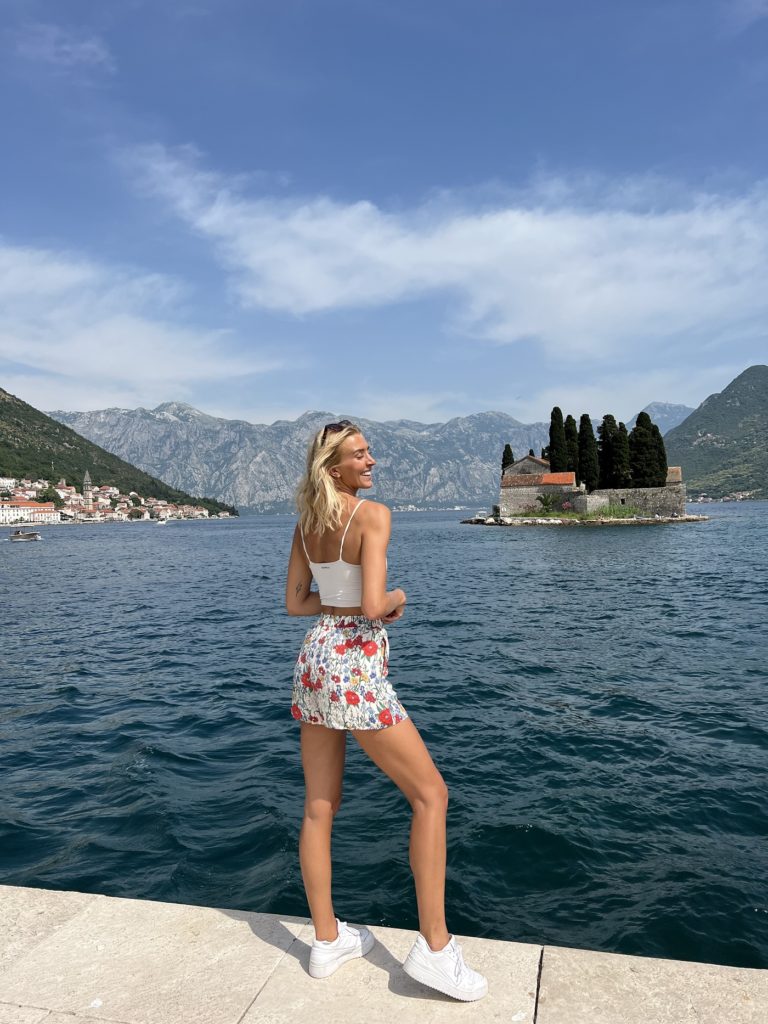
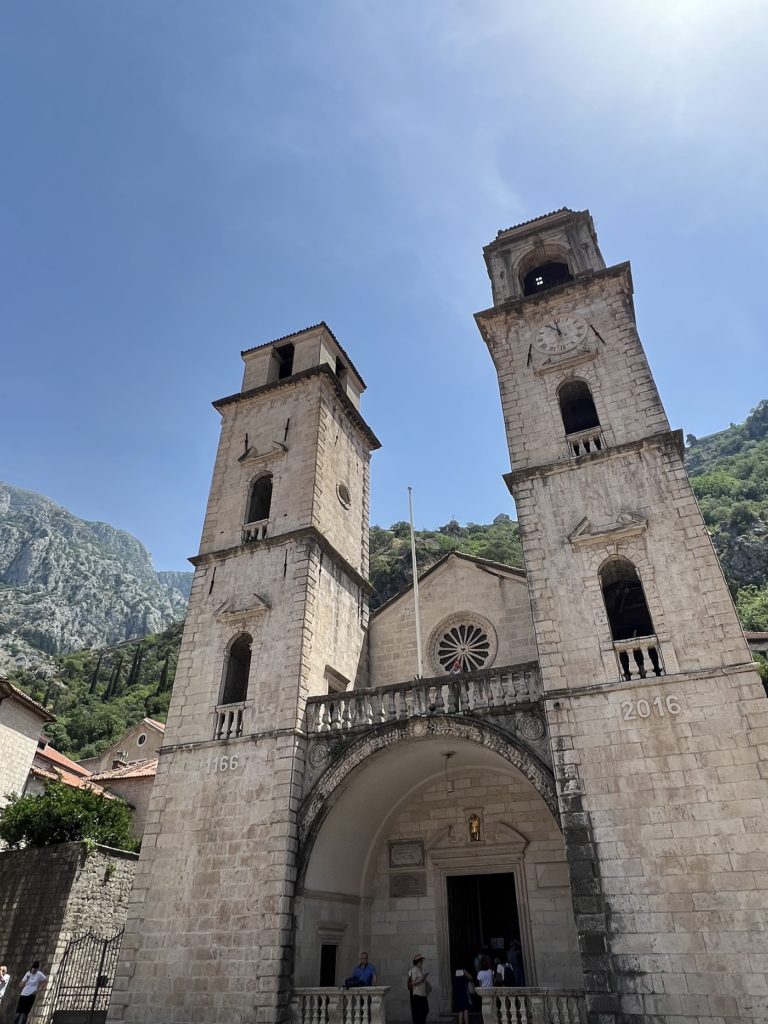
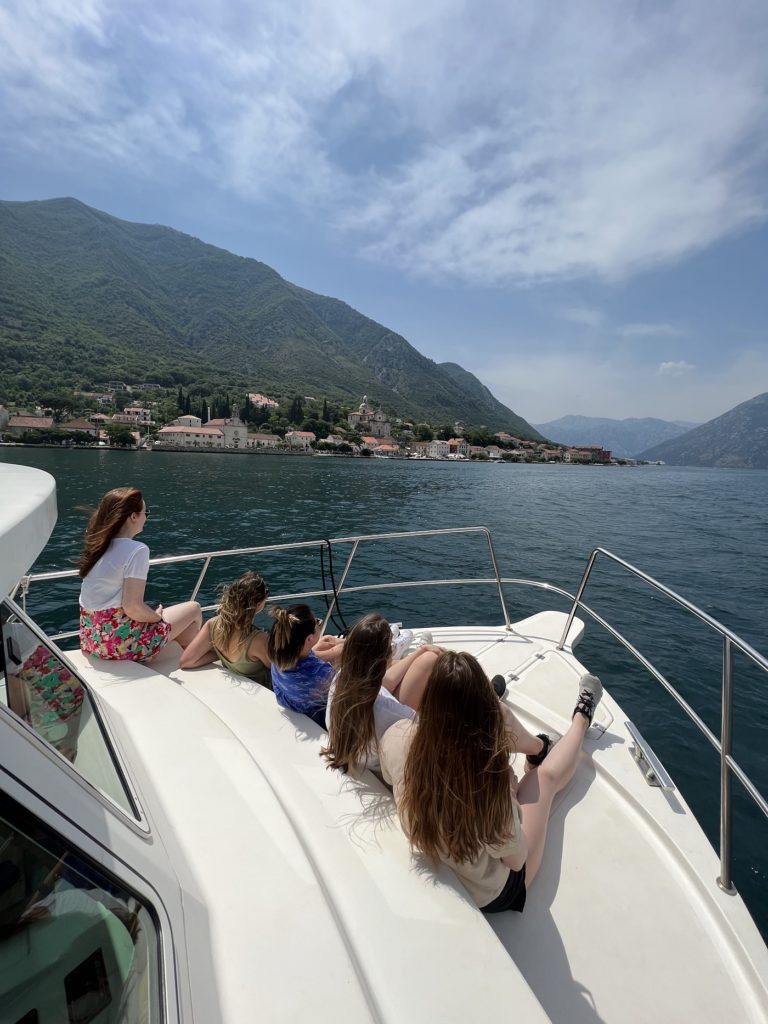
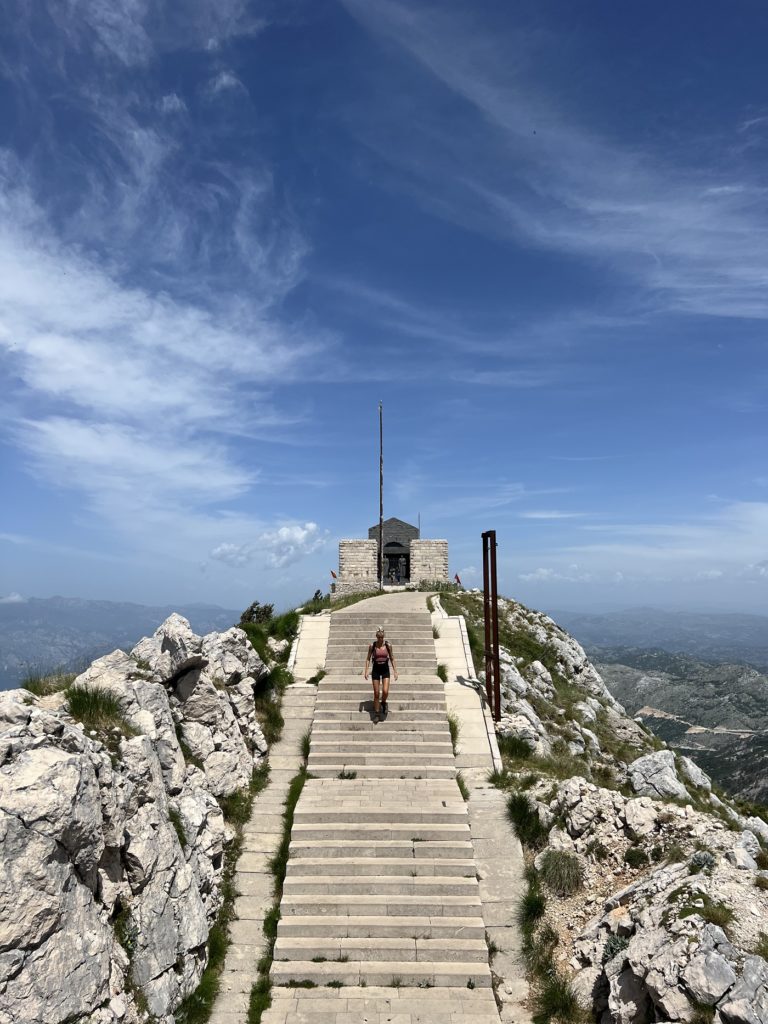
Just behind Kotor, located in the rocky Dinara Alps is Lovcen National Park. It is slightly smaller than other national parks in the country, and is best known for the famous Mausoleum of Njegos – the resting place of former Montenegrin ruler Petar II Petrovic Njegos. You can simply drive up to the Mausoleum if you’re short on time, but if you’re feeling active then I recommend taking a hike up from a nearby village following this trail. The views from the top are absolutely incredible, with miles of rugged mountains in all directions.
Insider tip: If you have more time another popular way to explore the region is on an ATV tour, or if you’re feeling active there’s a whole network of hiking trails woven across Lovcen.
If you’re a mountain lover you need to visit Durmitor. It is a protected UNESCO World Heritage site and home to some of the most rugged and untouched mountains I have ever seen. To give you an idea of how undiscovered this region is – it receives 130,000 visitors a year compared to the 15.8 million who travel to the Lake District!
Durmitor National Park is heaven for hikers, with numerous trails through valleys, around lakes and up to soaring peaks. Add these to your hit list:
There are numerous interactive hiking trails listed on the AllTrails app. You can also head to the tourism information centre in Zabljak and ask for a map. For the more challenging routes (i.e. the highest peaks) I would recommend using a local guide like Vera. If hiking isn’t your thing, then I recommend either booking onto an ATV tour or driving along The Durmitor Ring – an 85km circular drive which showcases some of the national parks stunning scenery. I have to say though – the best views are definitely on the hikes!
Insider tip: Food options are pretty limited in the Montenegro mountains, especially for vegetarians and vegans. However, the restaurant Lupo D’Argento in Zabljak has amazing vegan pizza!
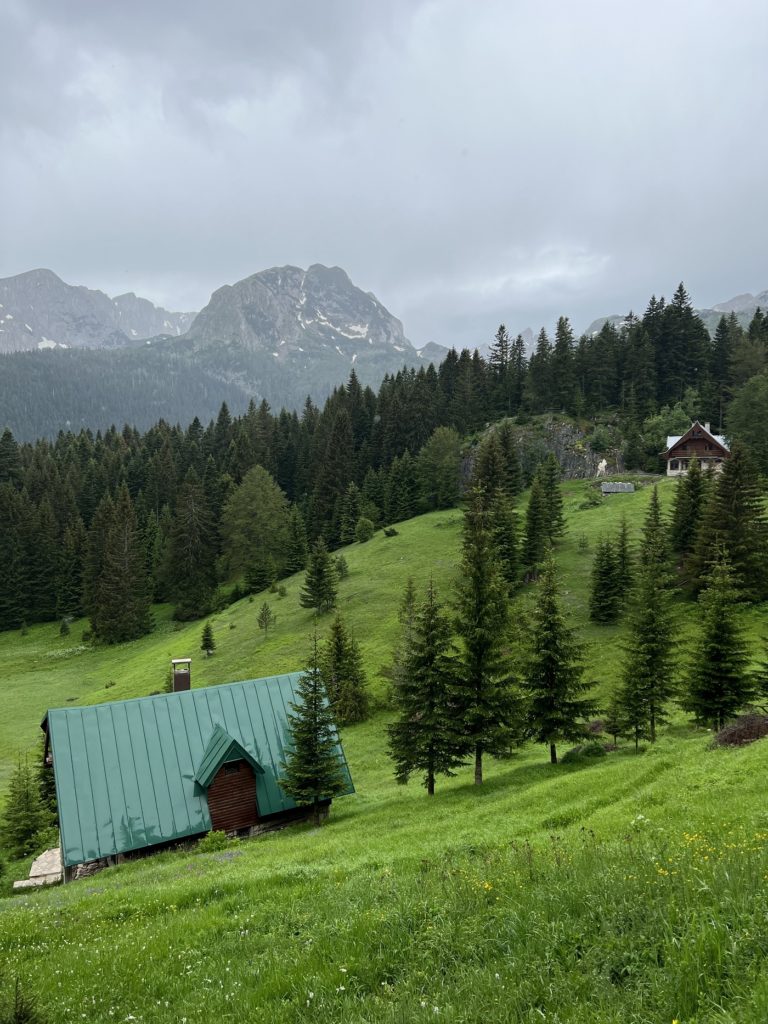
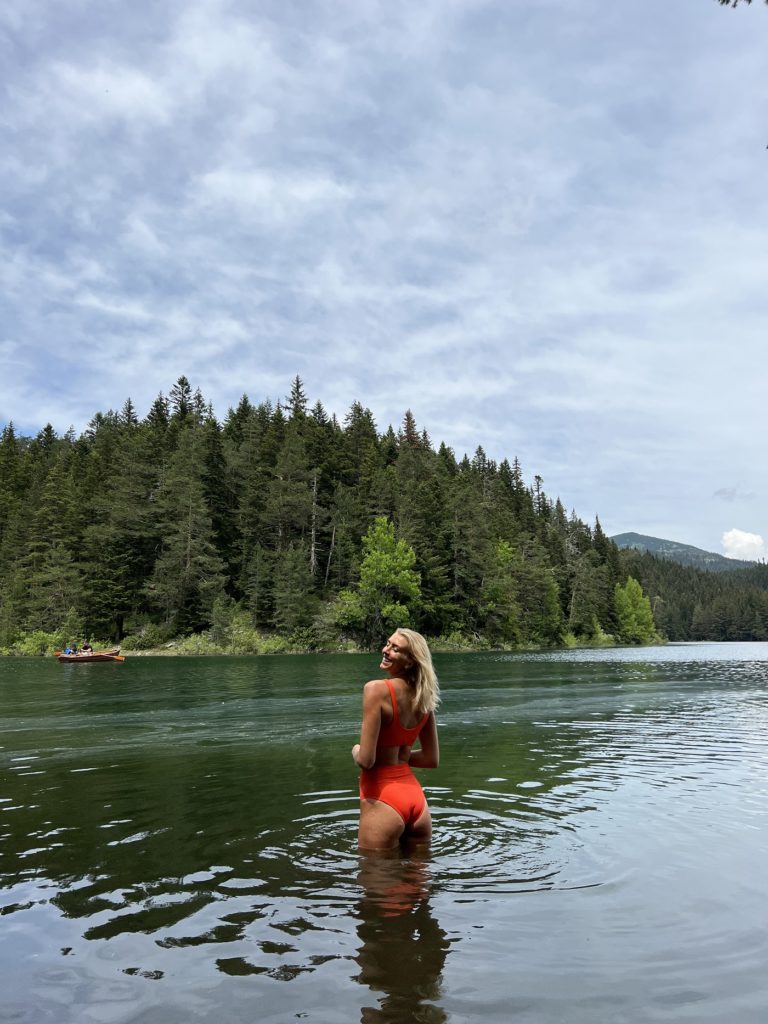
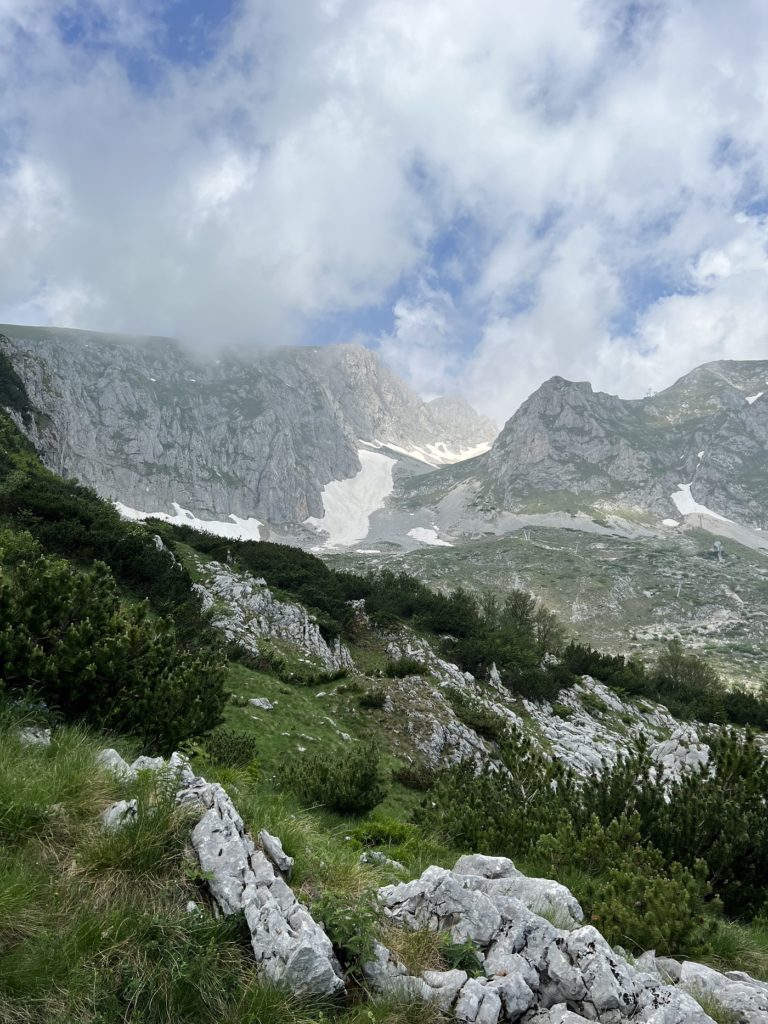
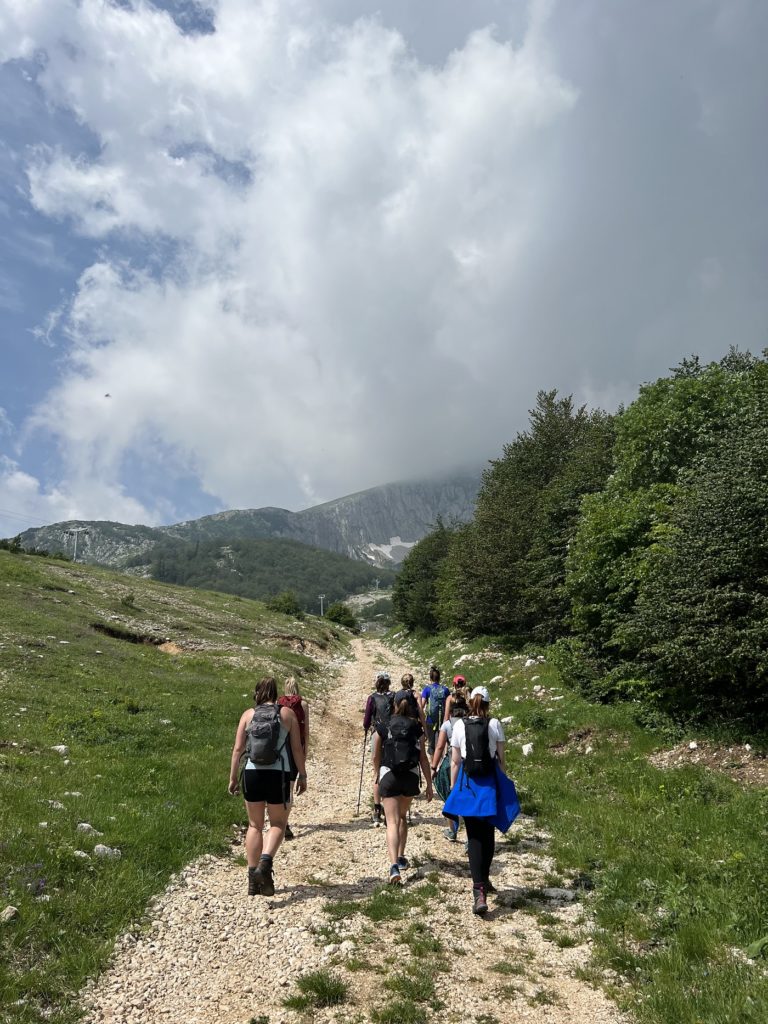
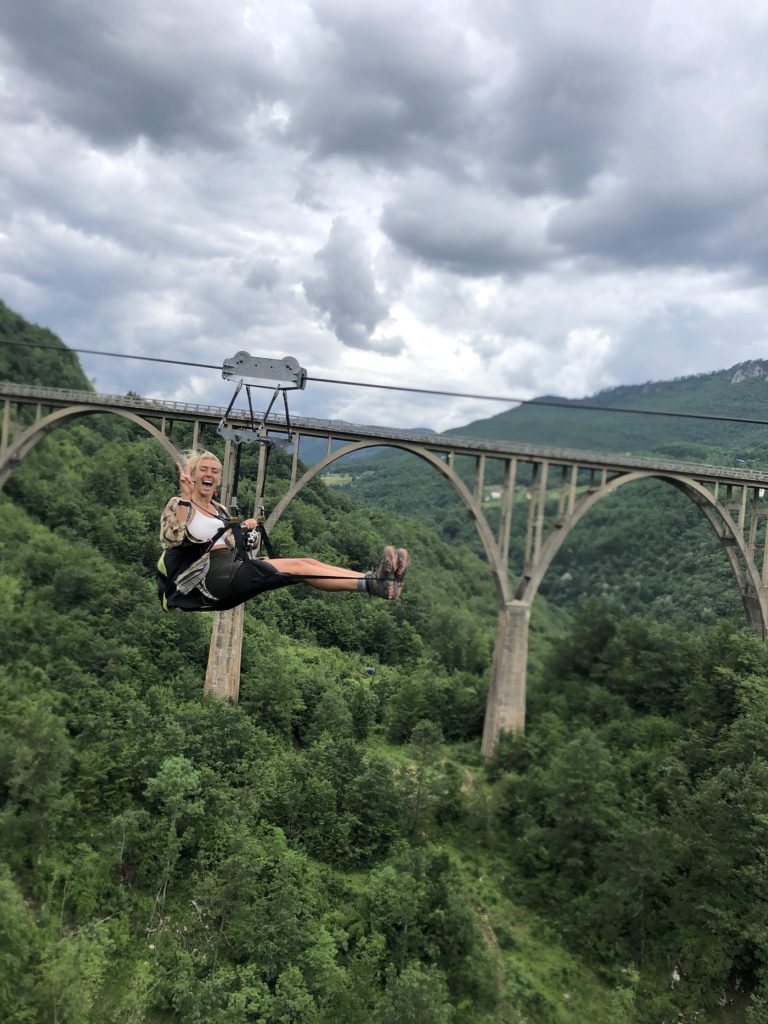
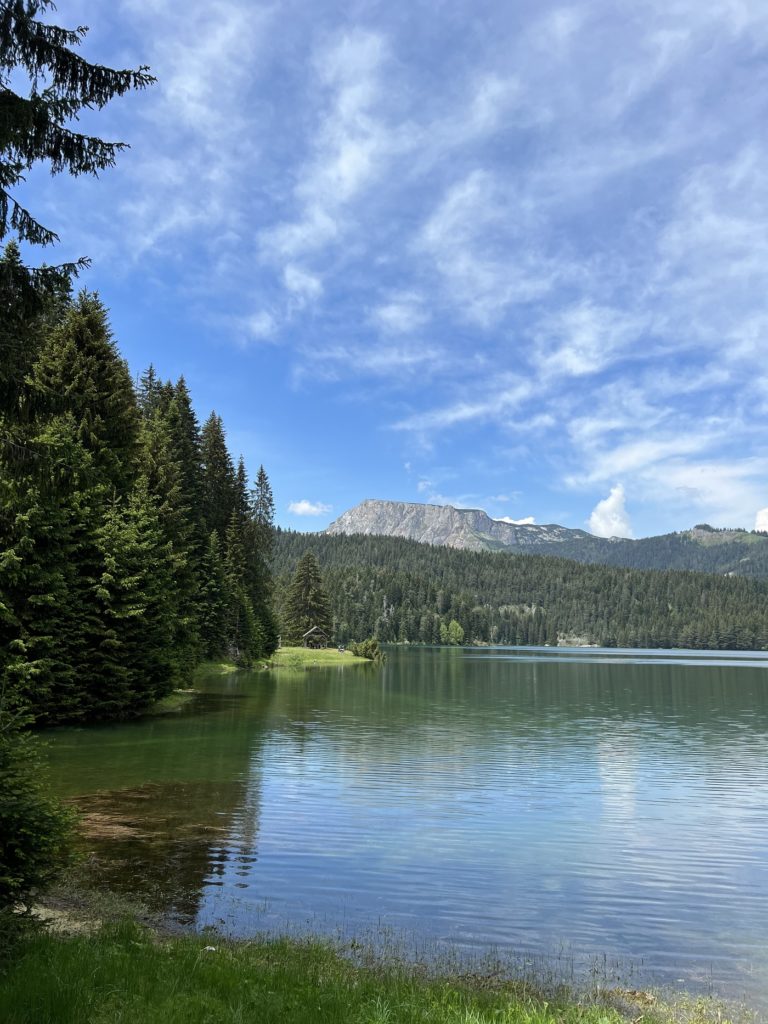
Tara Canyon is located into Durmitor National Park, but it deserves a mention all of its own. At 1300m deep and 82km long, it is the longest canyon in Europe and the second longest in the world. If you’re short on time and just passing through then you can simply drive to the Durdevica Tara Bridge and take in the view. This is also a great location to hop on a zip line over the canyon itself! However, the most famous activity in the Tara Canyon is rafting. You can join single day or multi-day adventures down the river, where you pass by steep rock faces, sandy beaches and deep caves. Epic!
Biogradska Gora is the smallest national park in Montenegro, located within the Bjelasica mountains and is best known for its virgin forest, one of only three virgin forests remaining in Europe. It is home to a series of picturesque lakes, the most popular being the emerald green Biogradsko Jezero. I recommend taking a walk around the lake, hopping on a rowing boat and having a swim in its refreshing waters. The national park authorities are in the process of developing a more extensive network of hiking and biking trails in the region, but for now there are a handful of beautiful routes you can explore. If you have time, it is worth visiting the lesser known lakes of the park including Sisko, Ursulovacko and Pesica.

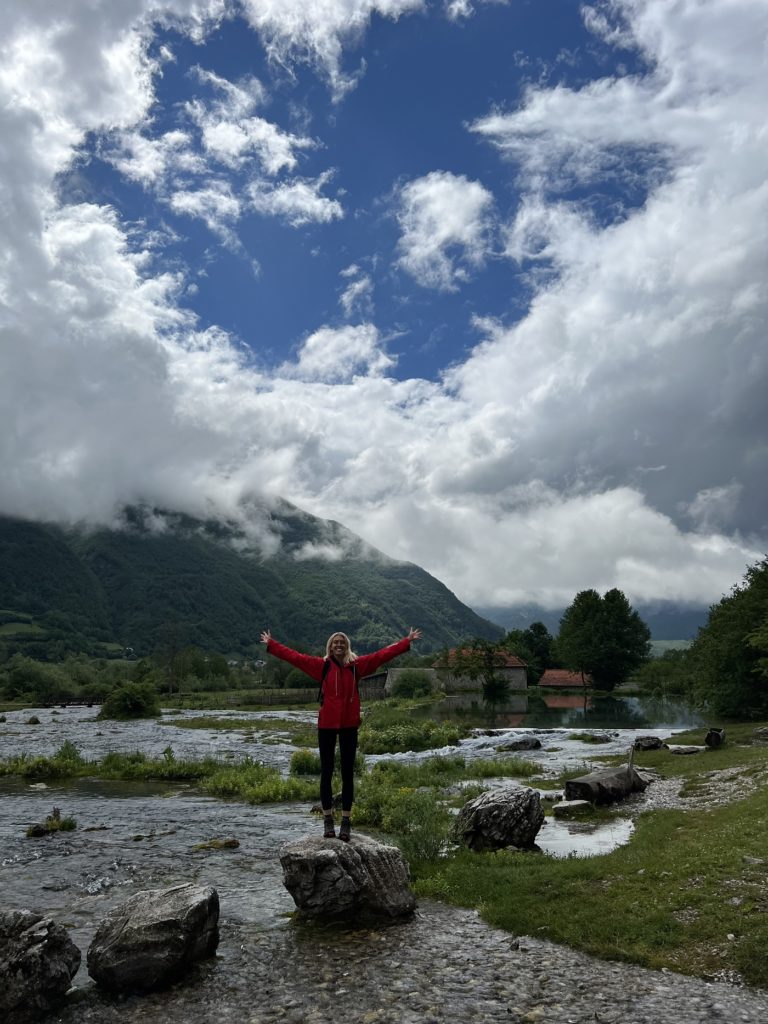
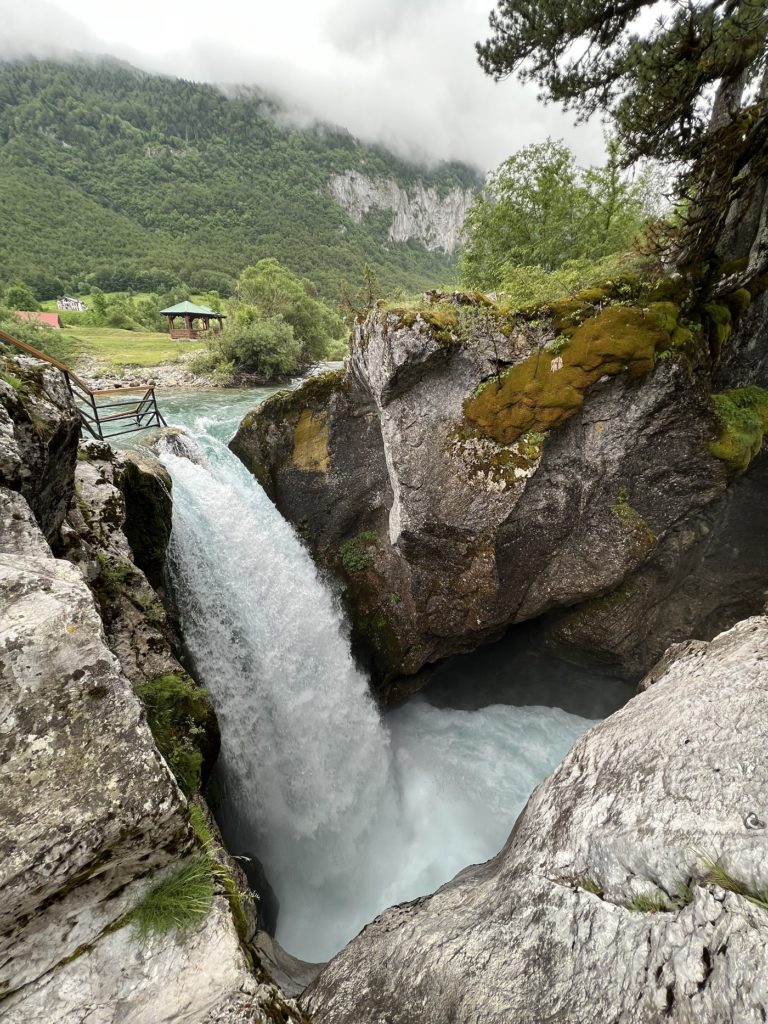
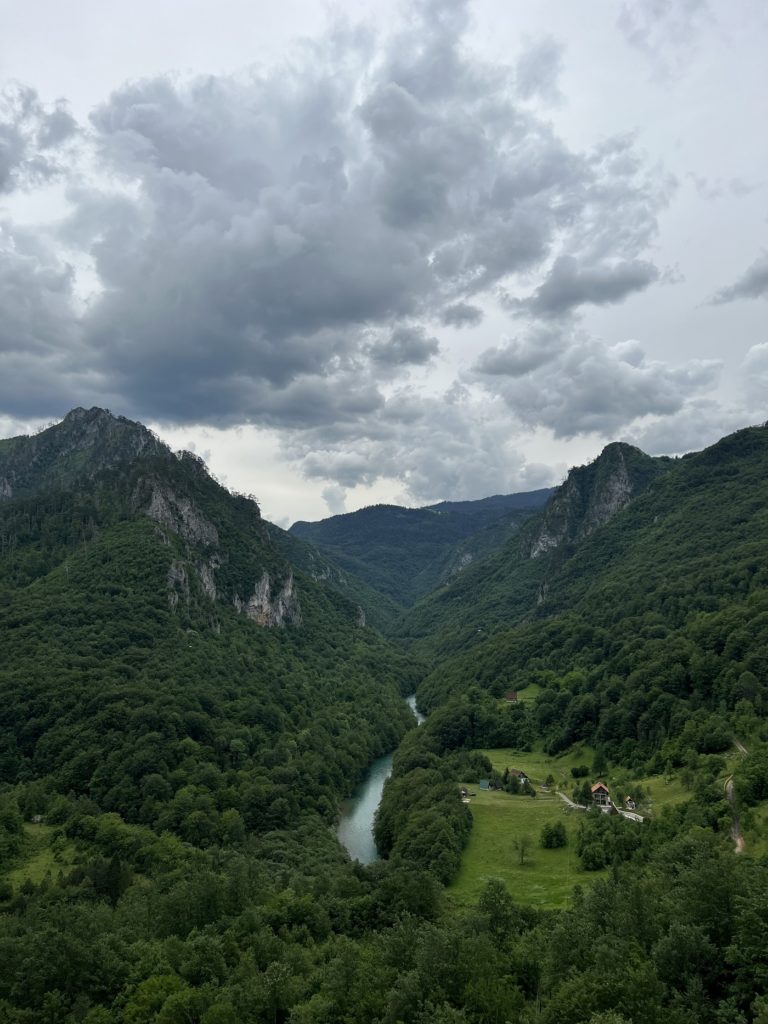
Established in 2009, Prokletije National Park is the fifth and newest national park in Montenegro. Located on the southern border of the country, these mountains extend into neighbouring Albania and Kosovo. Due to their remote nature, you will see very few people hiking here. In fact I would go as far as saying these are some of the most wild and undiscovered mountains I have experienced in Europe.
Prokletije is home to the most dramatic scenery in Montenegro, soaring peaks, jagged cliffs, narrow gorges and untouched valleys. The best way to explore is through hiking. The most famous route is the strenuous Volušnica – Taljanka – Popadija trail which takes in the most incredible views in the park. Most other trails are lesser known and harder to navigate due to infrequent signage, so I would recommend hiring a guide. If the clouds are low, the valleys are full of sights to see including Lake Hrid, Kusije waterfall, Grlje waterfall, Ali-pasha springs and Oko skakavice springs.
Insider tip: If you’re driving towards the coast, Podgorica or Lake Skadar from Prokletije then pass through Albania on the SH20 scenic highway. It gives you a little taste of this beautiful country and there’s plenty of roadside locations to stop off and explore.
Lake Skadar is a vast freshwater lake which straddles the border of Montenegro and Albania and is surrounded by mountains. It is well worth visiting to experience its incredible biodiversity and unique landscapes which provide an essential habitat for birds, of which there is an abundance. There are numerous ways to explore the lake, but here are my personal favourites:
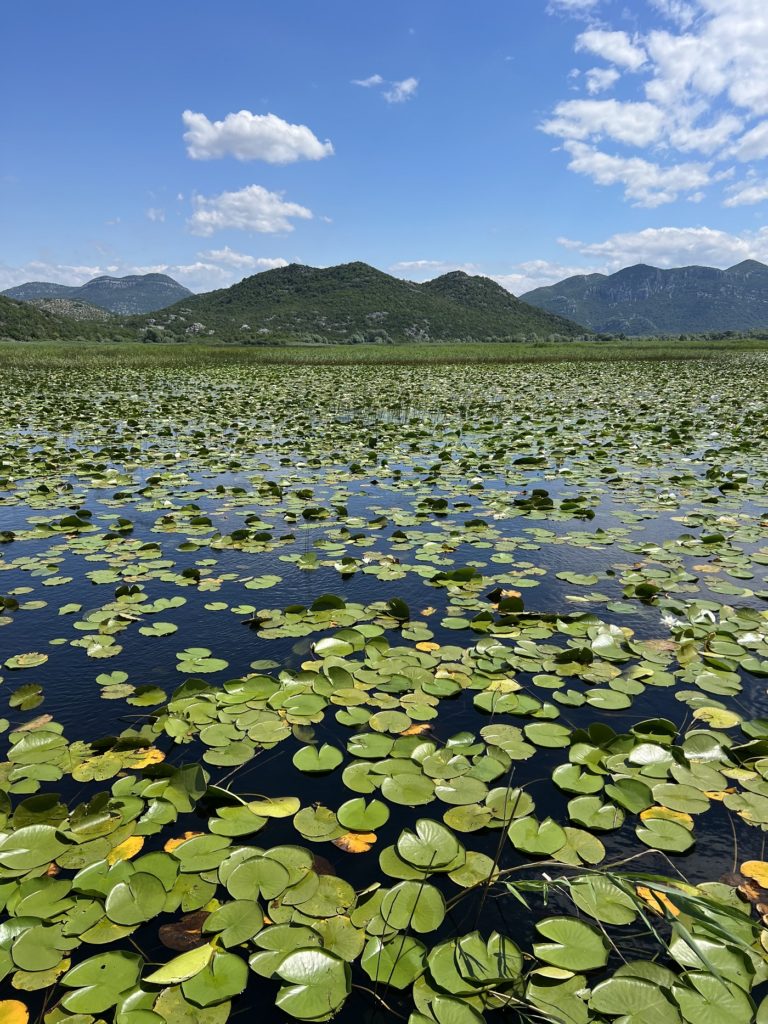
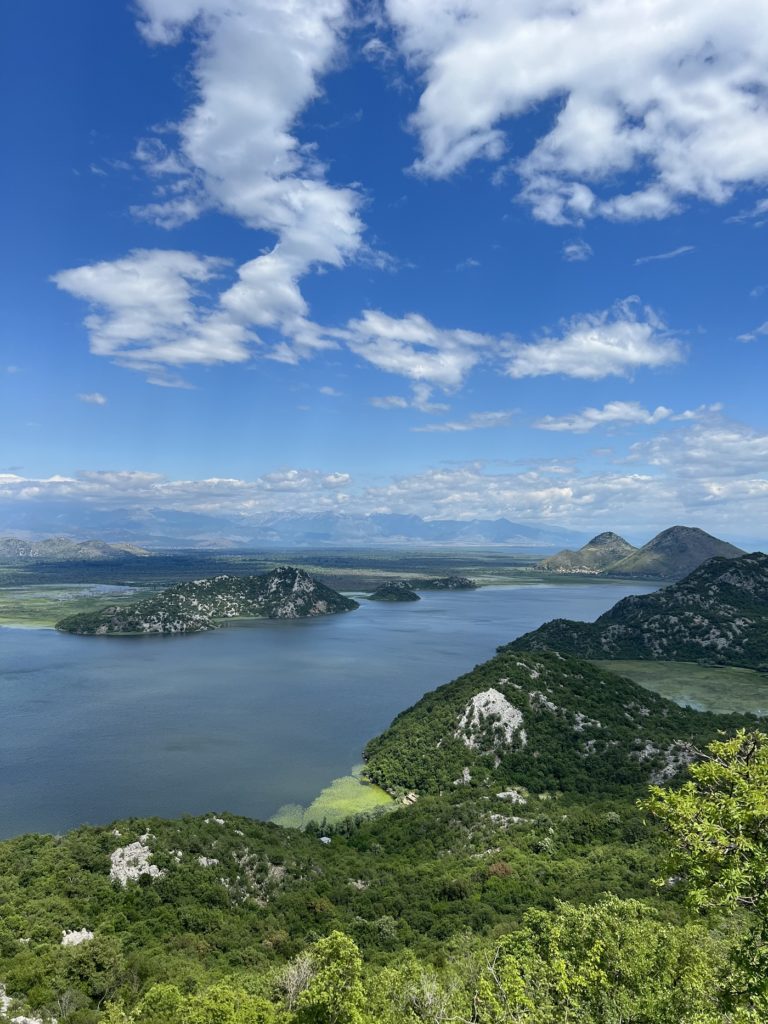
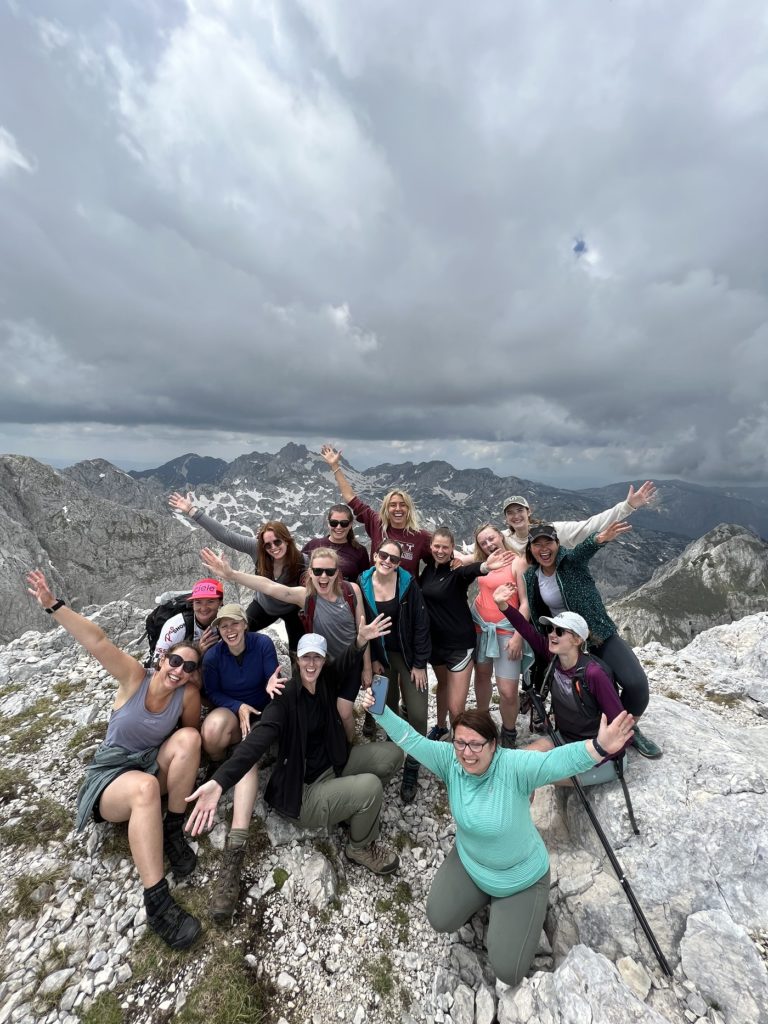
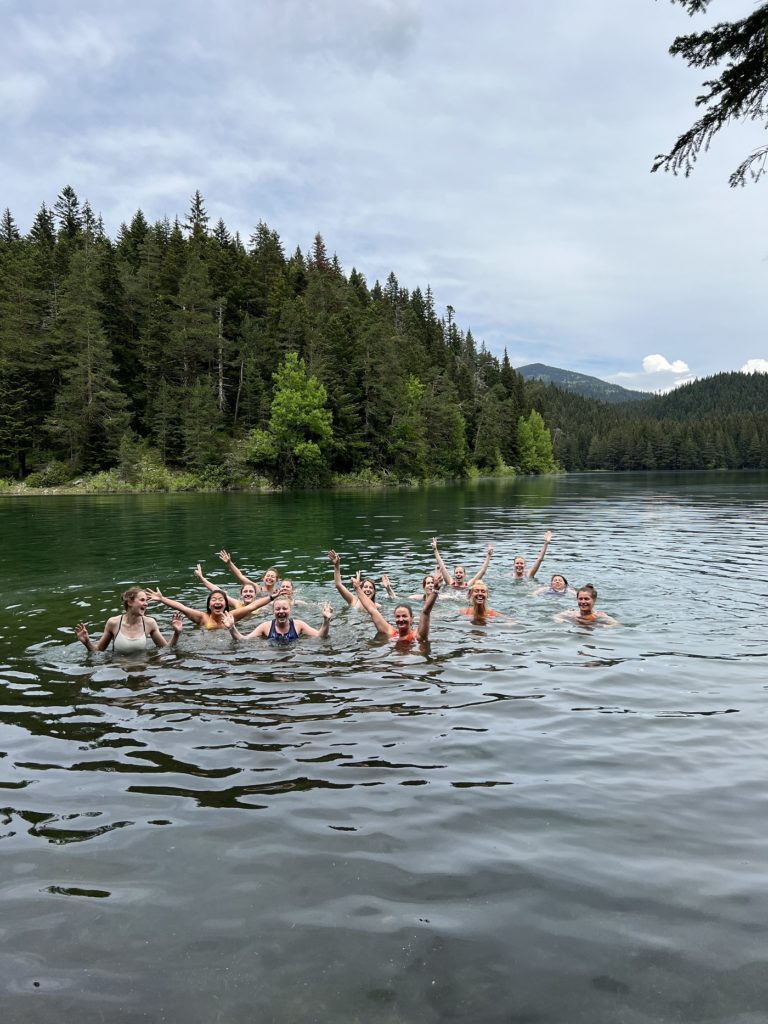
Whether its sandy beaches or soaring mountains you’re searching for, Montenegro really does have something for everyone. If you’re looking to incorporate this beautiful country into a multi-destination adventure then check out my Slovenia, Croatia and Montenegro road trip itinerary.
Safe travels,
Zanna x
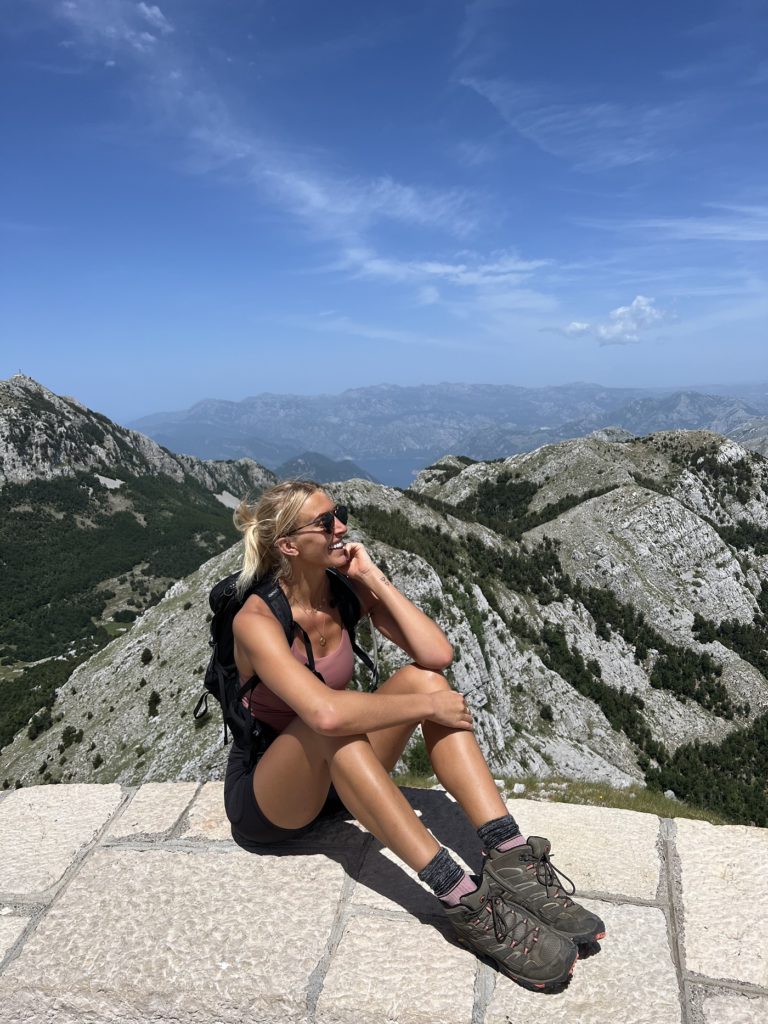
Let me slide into your inbox. A monthly newsletter of all the good stuff – latest posts and videos, rants and rambles, recommendations and resources.
Website Designed by Brogan Daisy Digital © Zanna Van Dijk 2025